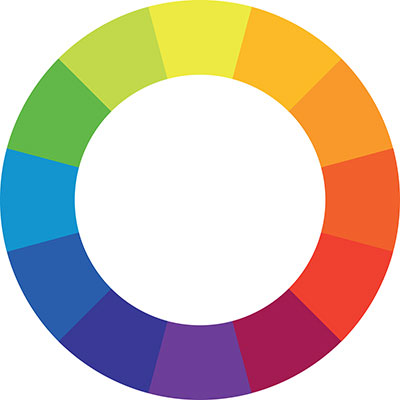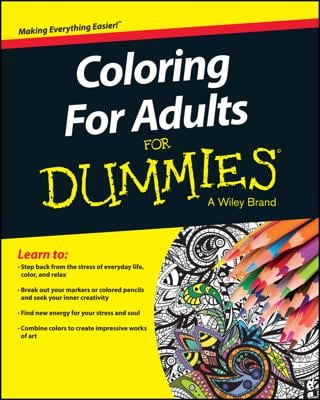In today’s 24/7, on-the-go, stay-connected world, you need to give yourself a break. Your brain needs time to process all the information it’s bombarded with, and your body needs time to just rest. Coloring can provide an easy time-out. Grab something to color with and something to color on, and you’re all set. You can’t find a hobby that gets much simpler.
Check out these other benefits of coloring:-
You can do it alone or with a group of friends — or even with your kids.
-
Coloring feeds the creative side of your mind.
-
You can spend as much or as little time as you’d like creating your masterpiece.
-
There aren’t any rules. You can color inside the lines, outside the lines, in one color, in dozens of colors. And you can have multiple masterpieces in the works at once. No one says you have to finish coloring one picture before you start the next one.
-
You get to be a kid again for a little while — no stress, no responsibilities, no judgment. The final result doesn’t have to be perfect, either. If you like it, that’s perfection enough.
-
You may discover something about your adult self as you lay color to paper.
-
Coloring is a calming activity. People often feel less stressed after they spend some time coloring because it allows them to focus on something other than their day-to-day concerns. Some folks use coloring as a way to unwind before bedtime.
-
Pursuing creative activities in your free time may lead to improved performance at work.
-
Coloring pages for adults range from serene to silly, including nature scenes, detailed animal drawings, geometric designs, and cartoon art.
-
You can hang your finished artwork on the fridge (or frame it and hang it on the wall) for all of your friends and relatives to see.
Tuning up your color sense for coloring as an adult
Choosing the colors for your work of art can be the most intimidating part of the process. After all, you want to get everything just right, but undoing a color that doesn’t look right or isn’t in the right place is nearly impossible. So how do you move past your fear of colors?Here are some tips on the use of color. A useful tool for a discussion about colors is a color wheel. This wheel is composed of the three primary colors: red, yellow and blue. Where the primary colors overlap, you’ll find the secondary colors orange, green and purple. In between are various other shades. (Click here for a downloadable color wheel.)

How a color comes across partly depends on what colors surround it. A red area within a yellow surface will seem much darker than the same red area on a blue background.
If you keep these things in mind, you can play with color. For instance, try using contrasting colors to outline the bigger shapes, and then fill these in with harmonious colors.
Color and emotion evoked by coloring
Different colors evoke different emotions. Apart from personal preferences — what is your favorite color? — colors have a more universal psychological meaning. Well-known of course is that red stands for danger, passion, and fire, and white for purity and peace. But other colors also have a psychological effect.-
Red: Danger, passion, love, fire
-
Blue: Power, dignity, clarity
-
Yellow: Energy, lightness, joy
-
Green: Nature, peace, fertility
-
Violet: Wisdom, spirituality, strength, healing

